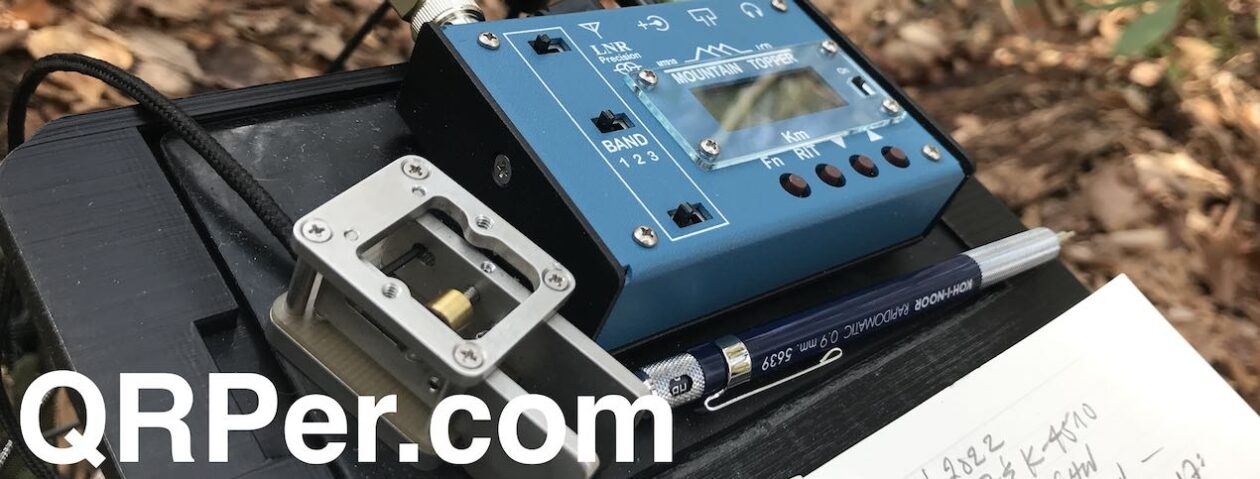An Accidental Three-State POTA Rove
by Joshua (N5FY)
I often find myself playing radio in the evening when I travel out of state for work. I especially enjoy adding another state to my list of activations. So, a trip to the Sioux City area was great, as I could activate in South Dakota and Nebraska, both new states to add to my POTA activations.
Of course, you are wondering how one accidentally completes a 3 state POTA rove, so I’ll get into the details in a bit. Believe me though, it wasn’t because I had a fool-proof plan. I do believe that failing to plan is planning to fail. But in this case, a bit of luck and agility on my part, with the bands cooperating, and with the POTA hunter support, I did indeed complete 3 POTA activations, in 3 states, in under 2 hours!

To be honest, I rarely put much effort into planning an activation while traveling as I simply may not have any time get out to a park, and of course, playing radio is not the purpose of my trip. I often find myself spending just a couple minutes looking at POTA locations before a trip and even may look last minute after I land, before I get off the plane, looking for a good POTA location. Maybe I like the urgent planning excitement, or maybe I don’t want the disappointment of not having the chance to go activate after spending time planning the outing? Again, I do recommend a bit of planning, so don’t exactly follow my example here.
As a result of my minimal planning I typically find myself with a very impromptu, “wing it” style activation. This trip was certainly no exception. I only had one evening to check off both South Dakota and Nebraska. There were parks which seemed readily accessible, but I hadn’t really verified activation numbers or best location on the park property to setup. I did save a few parks in the 3-State area, including Iowa.
I already had an Iowa activation, so I wasn’t as worried about hitting the IA park.
Once my evening freed up, the first day I was in the area, it was already a late in the evening, so I was in a bit of a rush as I headed to the first park. I figured I would hit South Dakota first then drop down to Nebraska and spend a bit more time calling CQ there according to how much daylight I had left.

I arrived in the area of the first park–a state park land. As I approached the boundary, I found a horse trail parking lot with some nice-looking trees for a throw line and wire antenna. As I was in a hurry, not needing a hike, I knew this would work well. I’m not one to play radio from the car, but in this case, it would cut down a bit on the time needed so I could get to the second park.
I threw a line and pulled up my antenna. Within 10 minutes of parking, I had my station setup and scanned 20m to see what shape the band was in. I typically put up a 20m EFHW and hope for the best, and this usually doesn’t disappoint. I then setup my log and found a surprise. Continue reading An Accidental Three-State POTA Rove!















































